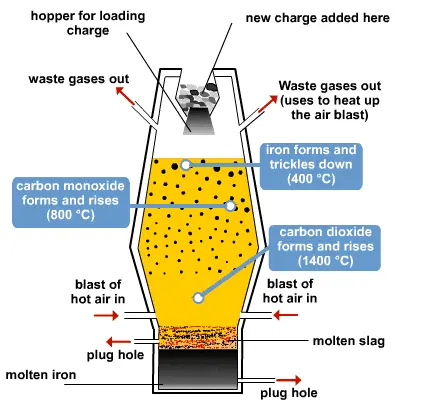
Introduction to Blast Furnace Slag (BFS) :
Blast Furnace Slag (BFS) cement is the combination of Ordinary Portland Cement (OPC) and fine Granulated Blast Furnace Slag (GBFS) gained as a byproduct in the steel-making manufacturer with below 70% that of cement. Ground Granulated Blast Furnace Slag (GGBFS) is a fine glassy granule which encompasses cementitious possessions.
GGBFS is gained as a derivative in the removal of iron from its ore. The procedure for the removal of iron is the blast furnace. The slag that is gained from the iron ore is then detached and cooled down gradually, which results in the creation

Uses of Blast-Furnace Slag Cement
- In ready mix concrete plants.
- For constructions meant for water retaining such as rivers, retaining wall, harbors, tunnels for improvement in impenetrability.
- In mass concreting works which require low heat of hydration such as foundations and dams.
- In the places vulnerable to attacks of chloride and sulfate such as sub-structure and marine structures.
Advantages of Blast-Furnace Slag Cement
- The initial Strength achieved is less than that of conventional concrete, but the ultimate superior Strength attained is equivalent to and sometimes higher than that of conventional concrete.
- As the slag is finely grounded, it has the valence to fill the pores efficiently, workability is high, and bleeding is low.
- It has good persistence towards sulphate and chloride assault and even less risk of alkali-silica response with aggregates.
- Because of the deliberate hydration procedure, the slump retention and initial setting time are further.
- Greater persistence and reduced penetrance due to fineness.
- Due to the white color of GGBFS, the cement color obtained is brighter than that of conventional cement.
- The production cost of this cement is less than that of ordinary Portland cement (OPC).
Disadvantages of Blast-Furnace Slag Cement
- Early Strength is low; therefore, it cannot be used in Reinforced Cement Concrete (RCC) works.
- As the initial setting time is high, this cement is not used for emergency or repair works.
Related product: